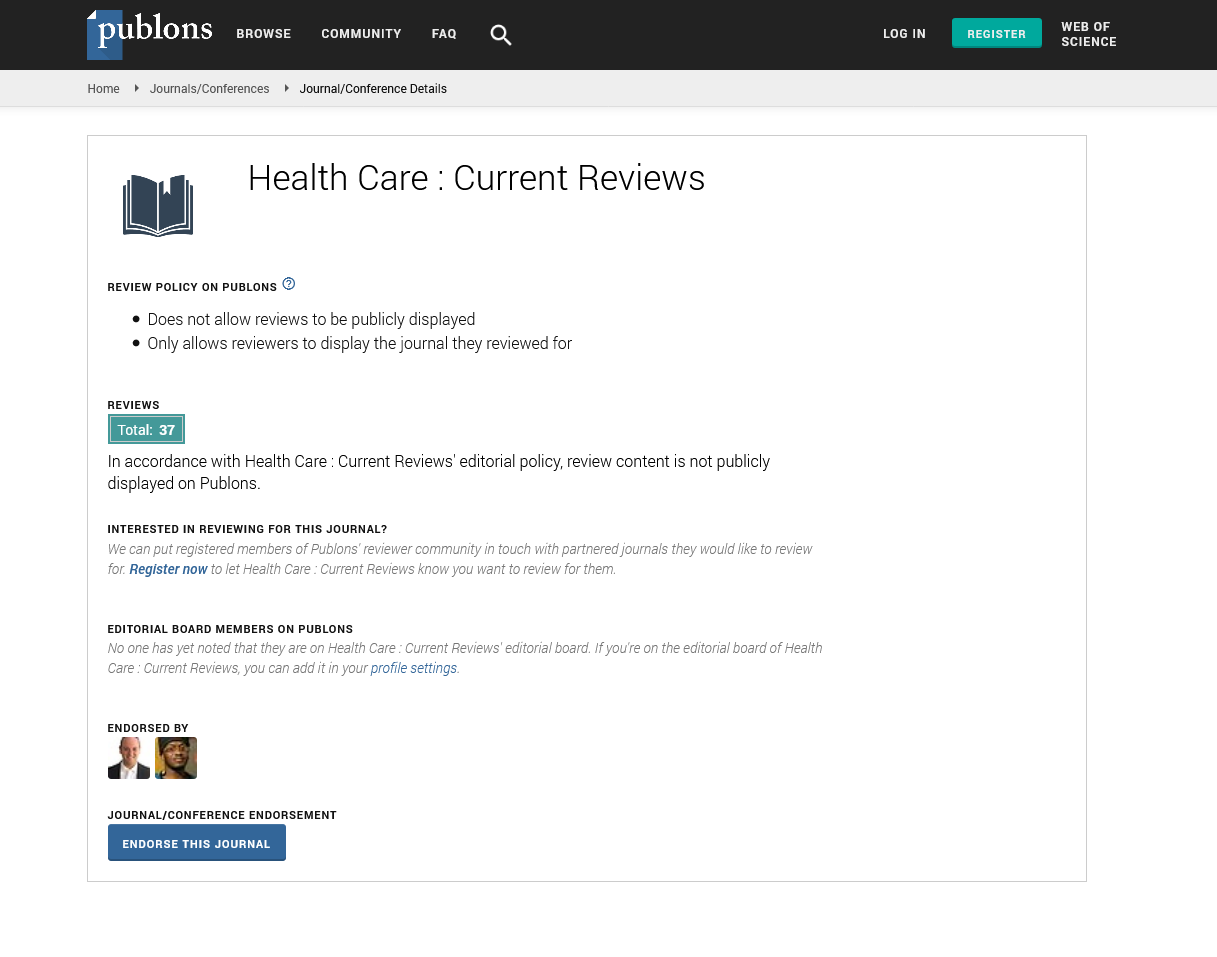Indexed In
- Open J Gate
- Academic Keys
- RefSeek
- Hamdard University
- EBSCO A-Z
- Publons
- Geneva Foundation for Medical Education and Research
- Google Scholar
Useful Links
Share This Page
Journal Flyer

Open Access Journals
- Agri and Aquaculture
- Biochemistry
- Bioinformatics & Systems Biology
- Business & Management
- Chemistry
- Clinical Sciences
- Engineering
- Food & Nutrition
- General Science
- Genetics & Molecular Biology
- Immunology & Microbiology
- Medical Sciences
- Neuroscience & Psychology
- Nursing & Health Care
- Pharmaceutical Sciences
What is updated in Nephrotic Syndrome Management?
Joint Webinar: 8th World Summit on Neonatal Nursing and Pediatrics Healthcare & 9th International Conference on Mental Health and Psychiatry
May 22, 2023 | Webinar
Riham Arnous
Mansoura University, Egypt
Scientific Tracks Abstracts: Health Care Curr Re
Abstract:
Steroid-sensitive nephrotic syndrome (SSNS) is a rare condition that develops primarily in preadolescent children after the age of 1 year. Since the 1950s, oral corticosteroids have been the mainstay of treatment of all children presenting with nephrotic syndrome, with most patients responding within 4 weeks to an oral course of prednisone (PDN). However, corticosteroids have important side effects and 60-80 % of patients relapse, developing frequently relapsing or steroid-dependent forms. For these reasons, many patients require second- line steroid-sparing immunosuppressive medications that have considerably improved relapse-free survival, while avoiding many PDNrelated toxicities. Since most patients will eventually heal from their disease with a normal kidney function, the morbidity of SSNS is primarily related to side effects of drugs that are used to maintain prolonged remission. Therefore, treatment is essentially based on balancing the use of different drugs to achieve permanent remission with the lowest cumulative number of side effects. Treatment choice is based on the severity of SSNS, on patient age, and on drug tolerability. This review provides an update of currently available therapeutic strategies for SSNS. Most children (90%) with nephrotic syndrome have a form of the idiopathic nephrotic syndrome. Causes of idiopathic nephrotic syndrome include minimal change disease (85%), mesangial proliferation (5%), and focal segmental glomerulosclerosis (10%). The remaining 10% of children have secondary nephrotic syndrome related to systemic or glomerular diseases such as membranous nephropathy or membranoproliferative glomerulonephritis. The predominant pathology is minimal change disease (MCD), with contributions from other pathologies such as focal segmental glomerulosclerosis (FSGS) and mesangial proliferation. This applies only in Caucasian populations, as around the world the pathology varies. In Africa, it has long been thought that ‘tropical nephropathy’ (malaria, HIV, hepatitis B etc.) predominates, though this has been challenged with schistosomiasis being responsible for the majority of the cases in South America. Nephrotic syndrome could be subdivided into congenital, idiopathic (primary) or secondary. In general, secondary nephrotic syndrome should be suspected in patients with age > 8 yr, hypertension, hematuria, renal dysfunction, extrarenal symptomatology (rash, arthralgias, etc.), or depressed serum complement levels. In certain areas of the world, malaria and schistosomiasis are the leading causes of nephrotic syndrome. Henoch- Schönlein purpura nephritis, lupus nephritis, acute post-streptococcal nephritis, sickle-cell disease, and amyloidosis also may be the cause of nephrotic syndrome. Other infectious agents associated with nephrotic syndrome include hepatitis B virus, hepatitis C virus, filaria, leprosy, and HIV.
Biography :
Riham Arnous had graduated from Mansoura university, faculty of medicine on 2010, she worked as pediatric resident there in MUCH for 3 years, then she had master degree of pediatrics at AL AZHAR University on 2019,then worked at Al Azhar University hospitals for 2 years later, she completed professional pediatric nephrology diploma, Cambridge University on 2020, she worked as head of pediatric department at al Soliman specialized hospital.

